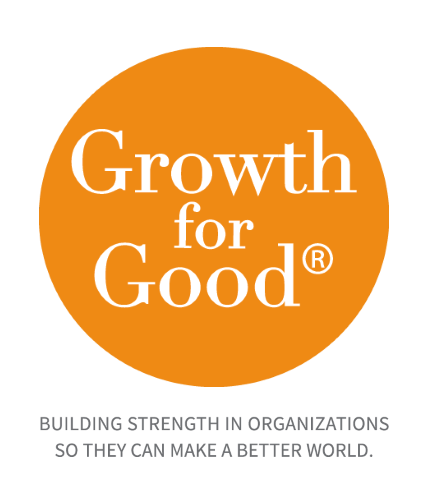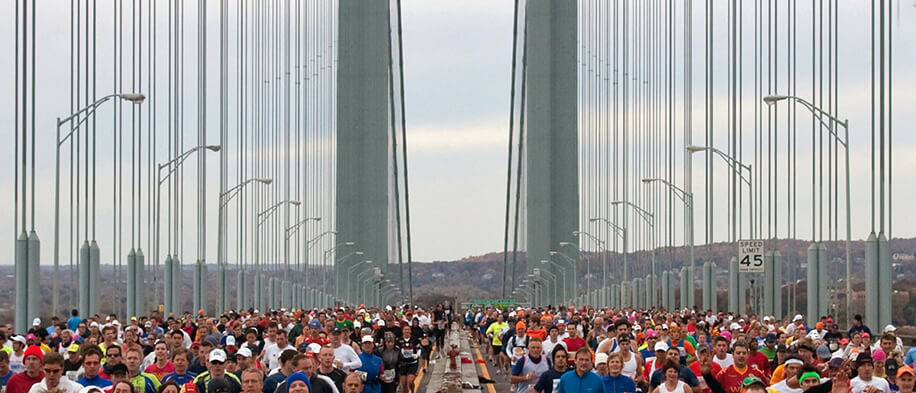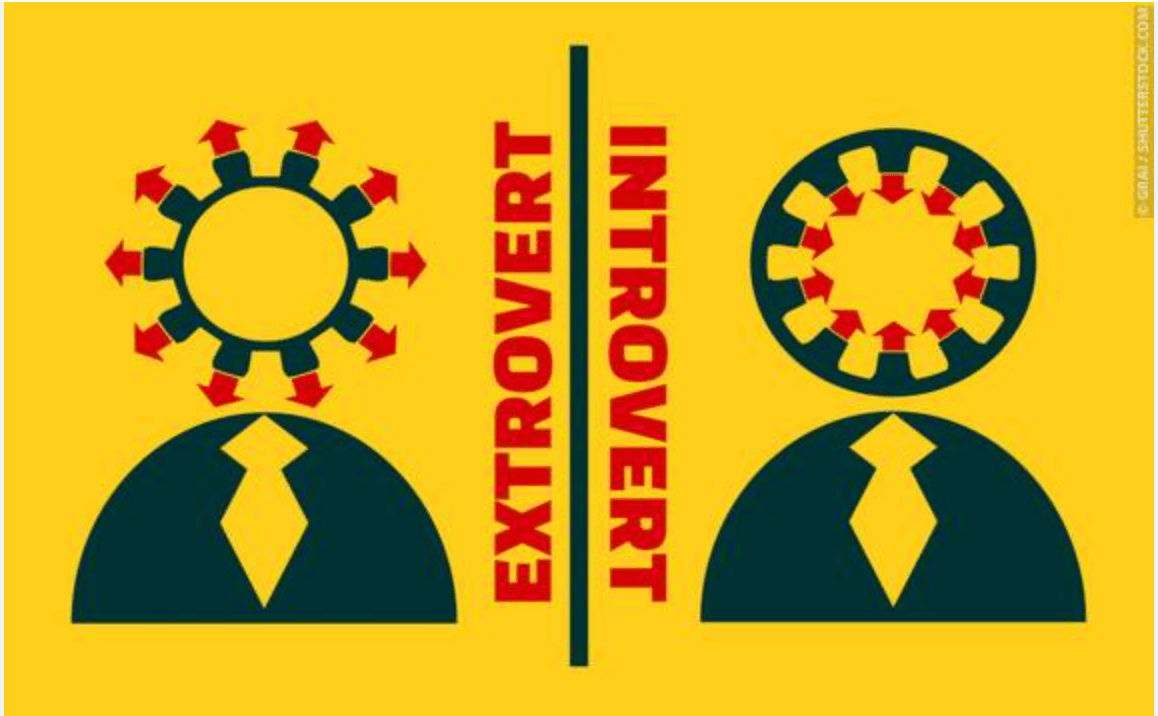Virtual Events – Looking Forward into 2021
As we greet the year with great enthusiasm, one thing is clear. While there is light at the end of the seemingly endless COVID tunnel, social distancing will be required through the first two quarters. It might even be required for the second two quarters. Virtual events will remain the reality for charities.

We have learned so much since we produced our first virtual events back in April 2020. It is interesting to read the first blogs we posted on virtual events and consider how our thinking has changed and how it has remained the same.
More than ever we are committed to live virtual events. Sure they may seem riskier than a prerecorded affair. But they are by nature more fun. There is a real exciting tension in a live event. Why do you think people pay $100+ for a play versus $15 for a movie? A live event is the only way to really create fear of missing out or FOMO.
Like live events, the best virtual events accomplish the following overarching goals.
OVERARCHING GOALS
Show me the money – Hit the financial goal typically (but not always!) with 80% of the funding coming from 20% to 40% of the donors.
Put the donor first – Remember you are their charity; they are not your donor. Make sure the evening is authentically engaging for your guests. This requires interactivity, not a unidirectional show. In the same spirit, really honor the honorees and make it possible for their guests to connect with them.
Mission and impact out front – People will remember how they feel more than what they hear. Make sure to share your mission using stories that evoke emotion. You can sneak this in through the videos and through the narrative arc of the evening’s program. Your guests should end the evening feeling warm and fuzzy about their charitable investment. Remember, it feels good to give to a great cause. You are creating a point of pleasure if you do your job right.
STRATEGIC THINKING
When planning to produce a live virtual event, it is critical to have a plan. Don’t get mired in the weeds when planning. These online festivities are still new to most of us and the temptation to start thinking about the details is great. Step back for a minute and consider what you want to get out of a virtual event. When comparing an in-person event to a live virtual event, we believe that 80% stays exactly the same and only 20% changes. So start the planning for your virtual event just like you would for an in-person event. Key strategies include:
Table of gifts. Create a table of gifts that articulates how many sponsorships and tickets at various levels you must sell to get to your goal.
Branding. Brand your event with a theme, look, and feel that you use year after year. Make sure the branding is consistent across the ticketing website, the print materials, any guest appreciation gifts, and all digital assets.
Online purchases. Make buying a sponsorship or ticket easy. Post a compelling ticketing website ASAP.
Raise big money first. Identify those sponsors and generous large contribution donors from past events whose gift you will want to renew. The minute you have settled on a date, send out the presale letters to these folks. They are likely longtime supporters and will support you no matter who your honoree is or what form the event eventually takes. They just need to be cultivated and asked. Don’t wait.
It’s all about leadership. Enlist committed event chairs, co-chairs, and honorees who commit to reaching out to their network to help you secure sponsorships and sell tickets.
Activate the power of peer-to-peer giving. Recruit at least 20 host committee members (couples count as two!) and task them with a doable goal – buy two tickets, sell two tickets, and share the digital invitation with their entire list. Peer-to-peer fundraising is still the most powerful marketing tool.
Cash not cachet. Celebrities are nice to have, but they do not drive fundraising. If we had a dollar for every minute we have wasted in conversations about recruiting random celebrities to attend events, we would be hanging out in a villa on the Mediterranean. If the celebrity is authentically involved, then it is a different story – witness Hip Hop Public Health where Doug E. Fresh is involved with every aspect of the planning.
A host with the most. While random celebrities do not advance the plotline of a good event, an emcee can make a huge difference. A good television newscaster or performer can really move the program along. With enough notice, most will donate their time. This is not necessarily an actor, many of whom are not good in a live setting where ad-libbing might be needed.
Gift of the gavel. Securing a professional charity auctioneer is critical. If you want the auction to really raise money, do not leave this important part of the show up to an amateur. The money we spend on auctioneers always pays off.
Plan for interactivity. Plan for an engaging evening that includes a mix of live and prerecorded elements and intentionally engages the participants. Beware of the temptation to put on a show. Keep the donors and the honorees and volunteers in the center of the event.
EVENT EXECUTION
A good virtual event has more in common with a live television broadcast. Here are a few lessons we have learned.
The room where it happens. Our events take place on a bespoke and branded event dashboard. We design these dashboards to be distinct from the organization’s regular website. We want them to feel like a real party. This is where our guests enter the various rooms and click through to mobile bidding, the purchase of raffle tickets, or making donations.
A team sport. Producing a great virtual event is a true team sport. You need experts in the myriad of technologies that must be woven together. A professional AV team, video company, scriptwriter, a web hosting company, and an experienced event production staff is critical.
Twelve touches to close a deal. In business school, people learn that it takes 12 marketing touches to make a sale. We in the nonprofit world often hold back. Develop a robust multi-pronged communications plan. Do not rely on CRM alone. Phone calls and emails from individuals to individuals trump the cutest Mailchimp campaign. Assuring attendance is hand-to-hand combat, people!
Pictures paint a thousand words. This is a chance for the right video company to really push the bounds of its medium. Contract with an outstanding video production company with a demonstrated track record of videos that use still images and footage rather than talking heads to tell the story. Since much of the event will be in a Zoom room filled with talking heads, your audience will be hungry to see images. Also make sure the video production company really understands how to tell your story, using a series of short video clips no longer than two to three minutes. Remember the power of “show don’t tell.” Be aware that people remember how they feel more than what you tell them.
No dead airtime. Dead airtime is, well, deadly. You must have a tightly scripted and detailed production schedule that articulates what is happening down to the second. You have 40 minutes. If you go over, your event becomes the background noise to someone washing the dishes.
Controlled chaos. While the program portion of our evening is tightly controlled, our Zoom reception after-parties are choreographed chaos. We have developed a formula for after-parties in which guests come together and toast the honoree, crack jokes, dance, and cut loose. We have seen people stick around in the Zoom rooms for 45+ minutes. When your guests won’t leave, you know the party was good!
Don’t underestimate what it takes to create a great virtual event. Events help charities build connections with and between donors. Festivities are perfect entry points for new donors, as well as an important way to secure the all-important second and third gifts that indicate a prospect has become a true donor. Committed and connected donors are a charity’s lifeblood. Be brave and go for it. You have everything to lose if you don’t!
Recent Posts
Subscribe to Our Newsletter
* These fields are required.
Contact Us
500 Summit Avenue
Maplewood, NJ 07040
P: 973-762-7645
E: contact@growthforgood.com







